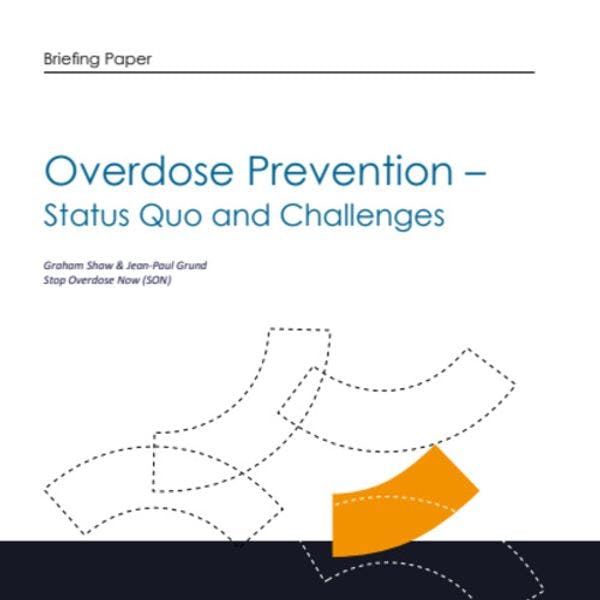Prevención de sobredosis – Estatus quo y nuevos retos
Correlation resume la situación de la respuesta actual y llama a ampliar las buenas prácticas. Más información, en inglés, está disponible abajo.
This publication was part of a two-part series on overdose prevention. Click here to access 'Overdose prevention - New technology-based solutions'.
By Graham Shaw & Jean-Paul Grund / Stop Overdose Now (SON)
Fatal and non-fatal overdoses related to opiates use are on the rise in many parts of the world, with North America, Australia and Central Asia being the most affected regions. In Europe as well opioid-related overdose deaths show a continuous increase, at least since 2013. Naloxone is the centrepiece of the response to opioid overdose. This opioid antagonist medication rapidly and completely reverses the effects of opioids and thus, when timely administered, prevents opiate overdose death. Globally, about half of the countries (101 out of 196) had registered injectable naloxone by September 2017, a requirement for the drug to be legally available in the country and for licenses to be issued for the manufacture, importation and/or distribution of the drug. In Europe, by the same time, 80% of the countries (37 out of 45) had Naloxone registered by national authorities. Lack of legislation and registration can hinder Naloxone access. Policymakers and advocates can count with several guidelines to support them in drafting required policies and standard operating procedures to allow the drug’s manufacture, importation and/or distribution. Another barrier to Naloxone access is the costs. Generic and domestically produced naloxone, as well as country-collaboration for bulk purchase can help addressing this. Finally, fostering Good Samaritan Laws, positive media, community education and the meaningful involvement of people who use drugs can help broadening naloxone access, as it fights stigma and discrimination.
Good practice interventions to respond to opioid overdoses include naloxone take-home programs, peer-to-peer naloxone programs, prison and treatment pre-release programmes, and broader interventions such as drug consumption rooms and safe injecting facilities, heroin assisted treatment, and drug checking services (including fentanyl test stripes). These interventions demonstrate that Naloxone and overdose prevention must move from mainly hospital and clinical settings into the hands of people in the community (street users, carers, agency staff) to improve access and timely response. Peers can be a great asset both to improve Naloxone availability and to provide training to various actors in how to administer the drug. Training prison staff and engaging prisoners who use opiates with local health services in the weeks following their release also helps preventing overdose deaths in this population.
